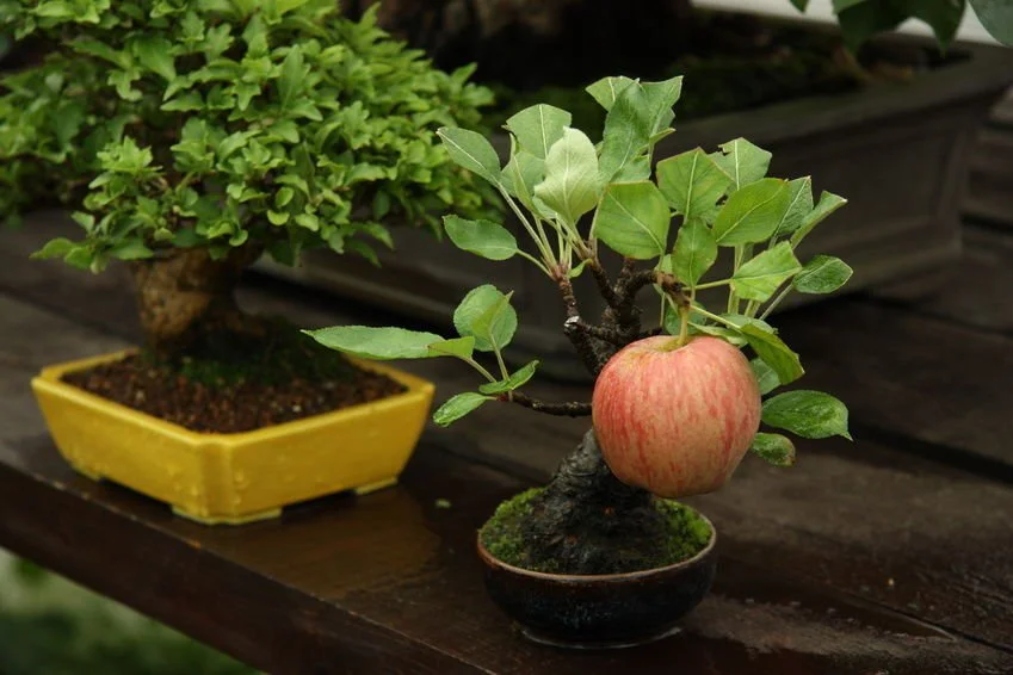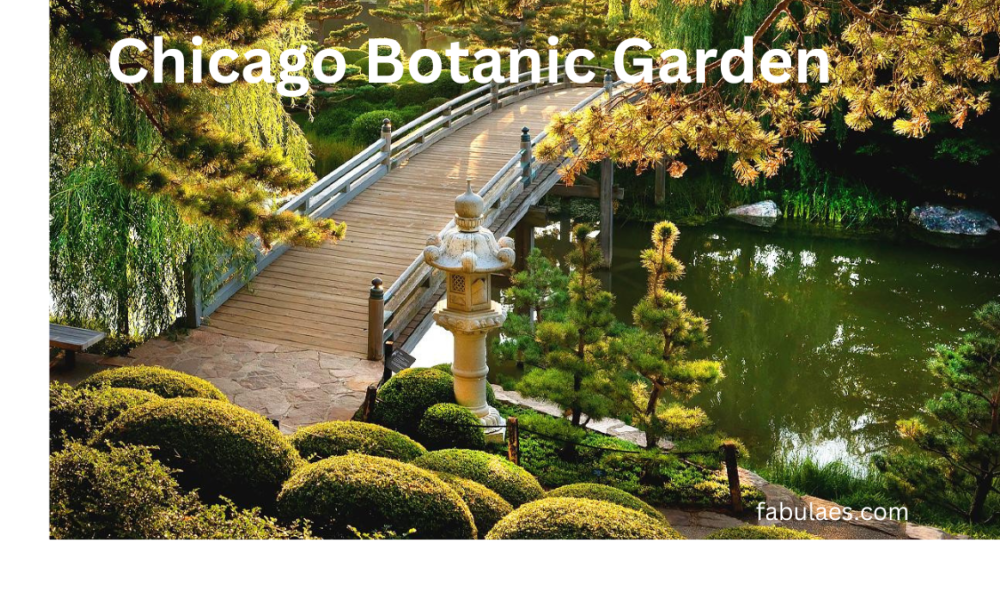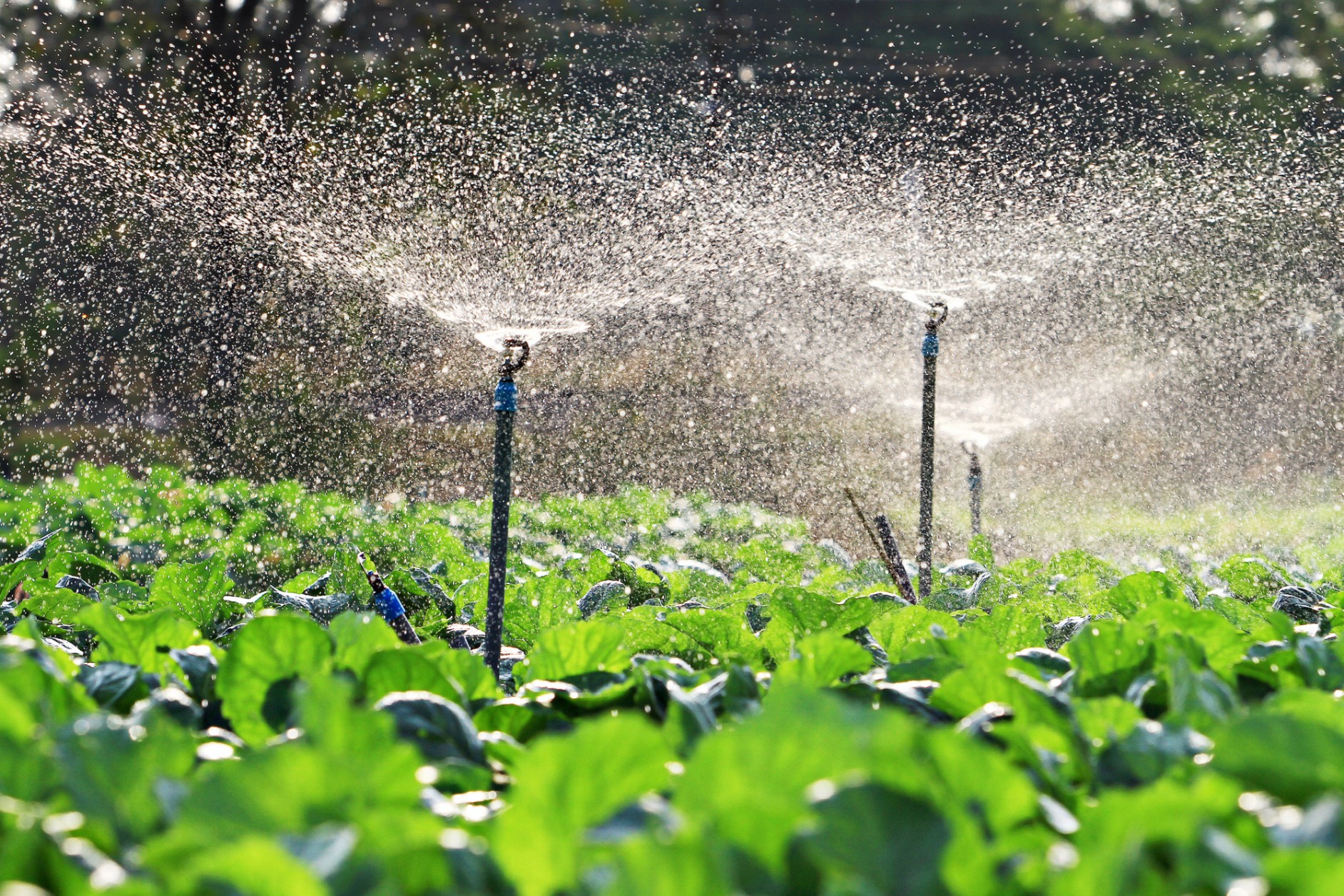Envision a beautiful tree that could fit in the palm of your hand, complete with tiny flowers and fruit. The fascinating culture of bonsai apple trees is just like that. These breathing works of art condense the glory of nature into a manageable package. This article delves into the fascinating practise of growing apple trees as bonsai, from their inception to the specific procedures and ongoing upkeep they require.
1. The Origins of Bonsai Apple Trees
The practise of bonsai, which has its roots in ancient China, was brought to Japan and developed there. The little trees stand for peace, stability, and the splendour of nature. In particular, bonsai apple trees became famous owing to their unusual allure and the fact that they can produce real apples despite their little size.
2. Selecting the Ideal Bonsai Apple Tree Variety
Picking an apple tree appropriate for bonsai cultivation is as important as picking the tree itself. Popular selections include miniature apple tree varieties like the “Anna,” “M9,” and “M27.” Because of their naturally dwarfed stature, these species are ideal for bonsai cultivation.
3. Understanding Bonsai Tree Pruning Techniques
Bonsai requires regular pruning to thrive. It encourages ramification (the growth of secondary branches) and helps form the tree. To attain the desired aesthetic and general health of the bonsai apple tree, techniques such as branch trimming, leaf pruning, and root pruning are used.
4. Shaping and Styling Your Bonsai Apple Tree
True artistry and skill are displayed in the process of shaping and styling bonsai trees. Wiring and clip-and-grow are two methods used to shape and arrange branches to make a tree more symmetrical and aesthetically pleasing. There is a wide variety of bonsai tree types since each bonsai artist has their own method.
5. Choosing the Right Bonsai Container
The beauty and health of your bonsai tree depend on your choice of container. The tree’s container should be suitable for its size and include drainage holes. Also, the clay or ceramic pot you use might affect how much moisture stays in the soil and how much air gets to the roots.
6. Providing Optimal Growing Conditions
Apple bonsai plants prefer warm, sunny locations with average temperatures. Your bonsai will thrive if you put it in a window sill or outside where it will get at least six hours of sunshine daily. The ideal temperature for growing apples depends on the kind you pick.
7. Watering and Fertilizing Your Bonsai Apple Tree
The health and vigour of your bonsai apple tree depends on your careful attention to its needs for watering and fertilisation. Climate, soil, and the tree’s development stage are all considerations when determining how often to water. Bonsai plants require special fertilisers, which should be administered in accordance with the recommendations provided by the manufacturer.
8. Preventing Common Bonsai Tree Diseases
You should be familiar with the most frequent illnesses that might damage your bonsai apple tree to keep it healthy and flourishing. Potential dangers include pests, fungus, and root rot. These problems can be avoided or remedied more easily via routine examination, good hygiene, and speedy care.
9. Overwintering Your Bonsai Apple Tree
Overwintering, or keeping your bonsai apple tree warm and protected over the winter, is essential for the tree’s continued existence. The tree’s health and resistance to frost damage may be maintained and improved by measures including providing sufficient insulation, shielding it from severe winds, and regulating the frequency with which it is watered.
10. Displaying and Appreciating Your Bonsai Apple Tree
The purpose of bonsai isn’t just to grow little trees; it’s also to display their tranquilly and beauty. An elegant touch may be achieved by showcasing your bonsai apple tree on a suitable stand or in a tokonoma (a designated alcove in Japanese culture). Meditation and peace of mind may be attained via regular bonsai admiration and contemplation.
11. The Therapeutic Benefits of Bonsai Cultivation
The practise of bonsai cultivation has been shown to have significant therapeutic value. The procedure demands calm, concentration, and careful attention to detail, offering a welcome break from the hectic pace of today’s society. Many people who practise bonsai do so because it brings them peace and helps them reconnect with nature.
12. Bonsai Apple Tree: A Symbol of Patience and Harmony
There is more to the bonsai apple tree than just a horticultural oddity. It represents the values of endurance, perseverance, and natural balance. Learning to care for a bonsai apple tree is an adventure that teaches us to see the value in even the tiniest details and to find peace in the delicate equilibrium that exists between nature and human intervention.
Conclusion
Growing an apple tree in a bonsai pot is a meditative and creative process that yields significant rewards. Take your time, enjoy the ride, and bask in the ever-changing splendour of your work of art in progress. Bonsai apple trees capture the beauty of nature in miniature and provide a special link to the outdoors.











